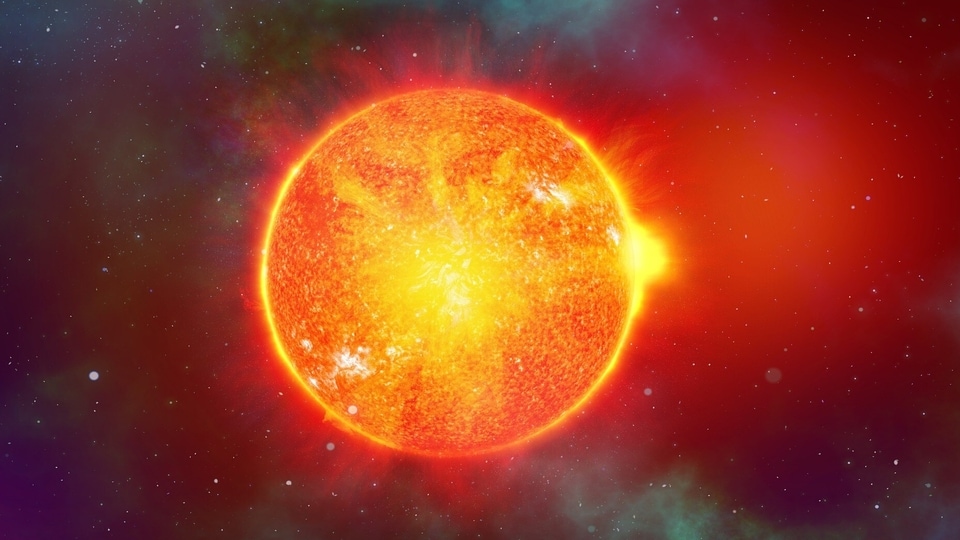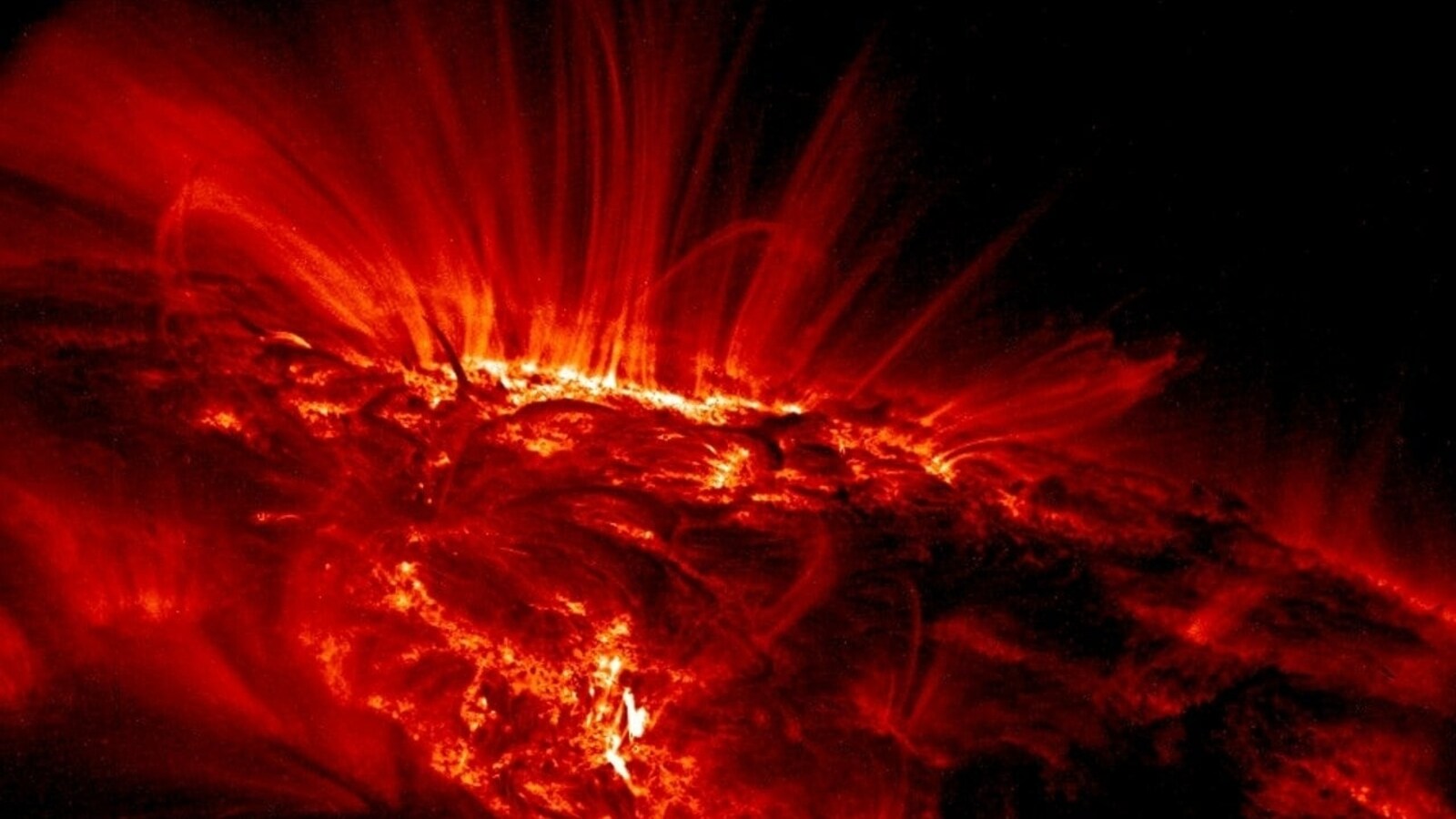Huge sunspot on the Earth-facing side grows 10 times in size! Earth in danger?
A sunspot named Sunspot AR3035 has grown 10 times in size in just a span of two days. Could it affect Earth? Read on to find out.
_1639373804152_1659933055983_1659933055983.jpg)
_1650614444757_1650614518141.png)




 View all Images
View all ImagesA huge sunspot on the Earth-facing side of the Sun has become a matter of worry for scientists after it grew 10 times in size in a span of just 2 days! The sunspot, named Sunspot AR3035, is present on the surface of the Sun, directly facing the Earth. If the sunspot erupts, it could send dangerous solar flares hurtling towards Earth, causing a massive impact on the planet.
According to weather. com, this sunspot formed unexpectedly on the surface of the Sun and since has nearly grown ten-fold in size. At this moment, scientists are not considering Sunspot AR3035 as a risk. Just last week, a solar flare erupted from a sunspot damaged the internal circuits of the Galaxy-15 broadcast satellite which crippled the satellite.
This sunspot has the potential to emit dangerous C-class solar flares towards Earth which can cause physical damage. Due to the unstable Beta-gamma magnetic field of the sunspot, it may cause blackouts, GPS problems on the negative side and on the positive side, and some fascinating auroras on the poles.
What is a Sunspot?
According to NASA, Sunspots are dark areas on the solar surface which contain strong magnetic fields that are constantly shifting and can form and dissipate over periods of days or weeks. They occur when strong magnetic fields emerge through the solar surface and allow the area to cool slightly. This area appears as a dark spot in contrast with the very bright photosphere of the sun.
Sunspots are often considered the precursor to solar flares which occur due to Coronal Mass Ejection (CME) on the surface of the Sun. Currently, the Sun is in the middle of its 11-year solar cycle. Therefore, massive solar storms, CMEs and solar flares are expected to carry on for some period of time before the cycle starts declining.
Catch all the Latest Tech News, Mobile News, Laptop News, Gaming news, Wearables News , How To News, also keep up with us on Whatsapp channel,Twitter, Facebook, Google News, and Instagram. For our latest videos, subscribe to our YouTube channel.





























